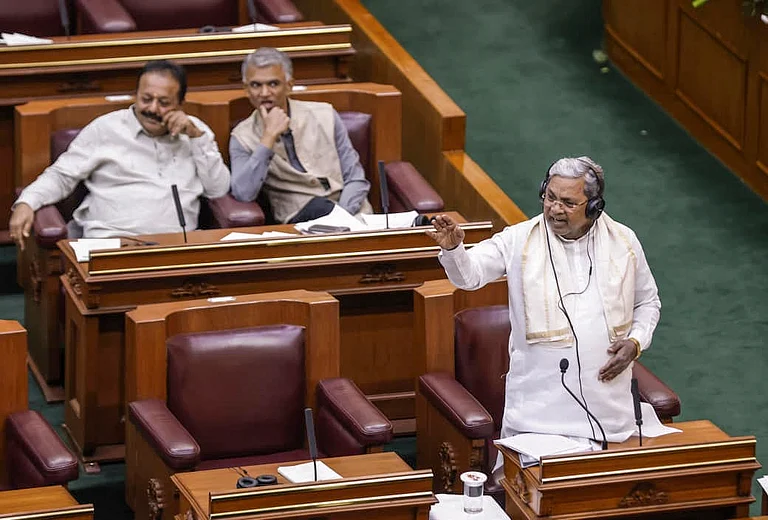On 20th March 2017, the High Court of Uttarakhand accorded the Ganga and Yamuna rivers the states of “living human entities”.
The High Court declared: “Accordingly, while exercising the parens patrie jurisdiction, the Rivers Ganga and Yamuna, all their tributaries, streams, every natural water flowing with flow continuously or intermittently of these rivers, are declared as juristic/legal persons/living entities having the status of a legal person with all corresponding rights, duties and liabilities of a living person in order to preserve and conserve river Ganga and Yamuna”.
The Director of Namami Gange, the Chief Secretary of the State of Uttarakhand, and the Advocate General of the State of Uttarakhand were declared persons in loco parentis as a human face to protect, conserve, and preserve lives of Ganga and Yamuna, and their tributaries. However, this Order was stayed by the Supreme Court of India in July 2017.

Invoking rivers or other natural bodies as juristic persons is not new in other overseas jurisdictions.
The aboriginal communities have spiritual and customary living relationship with water in all its forms. In 2008, the Ecuador constitution was first in the world to provide for such recognition; “Nature or Pachamama, where life is reproduced or exists, has the right to exist, persist, maintain and regenerate its vital cycles, structure, functions and its processes in evolution.” In 2014, New Zealand recognised Te Urewera National Park as a legal entity with rights, powers, duties and liabilities as a “legal person”. Thereafter a law was passed, granting legal personhood status to Whanganui River ecosystem. In 2019, Dhaka High Court recognised river Turag as a living entity with legal rights and held that same would apply to all rivers in Bangladesh.
Closer home, in March 2020, Punjab & Haryana High Court passed an order declaring the Sukhna lake in Chandigarh as a living entity also with rights equivalent to that of a person.
Declaring a river as juristic person has several implications and it may translate to include any damage to the river including dams, pollution, diversions, industrial fishing, trawling and sand mining activities and courts can may injunct any such activity.
The counter narrative to conferring such a right on a river as a living being is that it would extend to its tributaries, biodiversity, forests, aquatic flora and fauna, rocks and soil. Hence, the rights of the rivers in that measure may extend to ecological causes and conditions making up the natural habitat to be protected and maintained to protect the life and integrity of a river.
Apart from conferring such a right, there arises the issues of national interest as in the case of boundary disputes with China, flow of river Indus, Jhelum, Chenab, Ravi, Beas and Sutlej into Pakistan, existing water disputes between the States of the Union and controlling of water depriving riparian states. Another daunting question is will the state pay compensation for pollution caused to the body of a river in accordance with the polluters pay principle.
This conferment of rights of a juristic person on river needs careful reflections, study by jurists and constitutional experts, global boundary experts and the UN.
MORE FROM THIS ISSUE
Jatinder (Jay) Cheema is a lawyer and the author of Climate Change: The Policy, Law and Practice



























